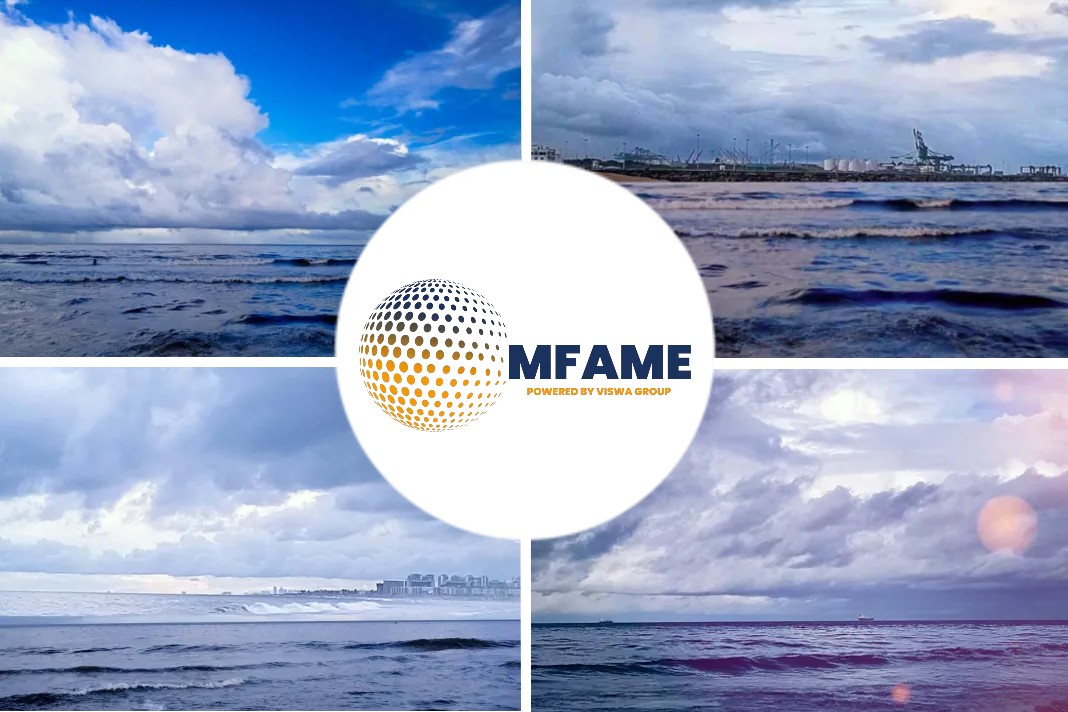Containers and pallets make shipping easy. During the pandemic, demand is volatile, and supply unreliable. As a result, warehouses are overflowing with the wrong inventories tying up pallets and containers. Containers—an alternative to warehouse storage—line the drop yards. Companies are reacting: collaboration is out the window, writes Lora Cecere, the Founder of Supply Chain Insights in his Forbes article.
Logistics taken for granted
Business leaders take logistics for granted. During the pandemic, this is a mistake. Increasingly, in air and ocean shipping, there may not be room for your stuff. While you may not like the fact that there is no available capacity, it can be planned and predicted. Conversely, the lack of a shared asset (a pallet, container or chassis)— that is not tracked or measured— is now a supply chain missing link resulting in unpredictable supply.
Fewer Options, Emerging Blackholes, and Rising Constraints
A container with standardized dimensions is easier to load and unload: facilitating the movement of goods efficiently and seamlessly from an ocean vessel to a truck then to a warehouse. Before containers, each freight movement was through break bulk cargo. Break bulk is messy and lumpy, and prone to damage. For example, how do you pack a sweater on top of a case of beer?
Shipments are easier with cases, pallets and containers. We can thank Howard T. Hallowell for the 1926 invention of a standard pallet, and Malcom McLean for inventing the container in 1956. The Achilles heel of the supply chain is that these shared assets—pallets, containers, and chassis—are not tracked or centrally managed. Shortages result in an inability to ship. These constraints will grow as we enter the second wave of the pandemic.
Today, the industry is rolling ocean cargo. What does this mean? When there is more cargo than capacity on a ship, full containers sit on the dock until there is capacity. This ties up containers.
Ocean demand is up 50% Year-over-Year from China to North American Coast and is up 145% Year-over-Year from China to the North American west coast. The trade lane is not balanced resulting, in more demand for containers moving to North America than Asia creating a container shortage for outbound Asian shipments. Shared asset tracking is a black hole in the supply chain and will become more problematic through the winter.
What To Do?
With this uncertainty level, redesign the supply chain to focus on regional sourcing and manufacturing: align source, make and deliver processes to serve local markets. Actively reduce the dependency of the supply chain for pallets and containers. While the availability of a container or a pallet may seem innocuous, it may be your new Achilles heel.
About the Author
Lora Cecere
I’m founder of Supply Chain Insights LLC and the author of popular enterprise software blog Supply Chain Shaman. I have over twenty years as a research analyst
Did you subscribe to our daily newsletter?
It’s Free! Click here to Subscribe!
Source: Forbes

























